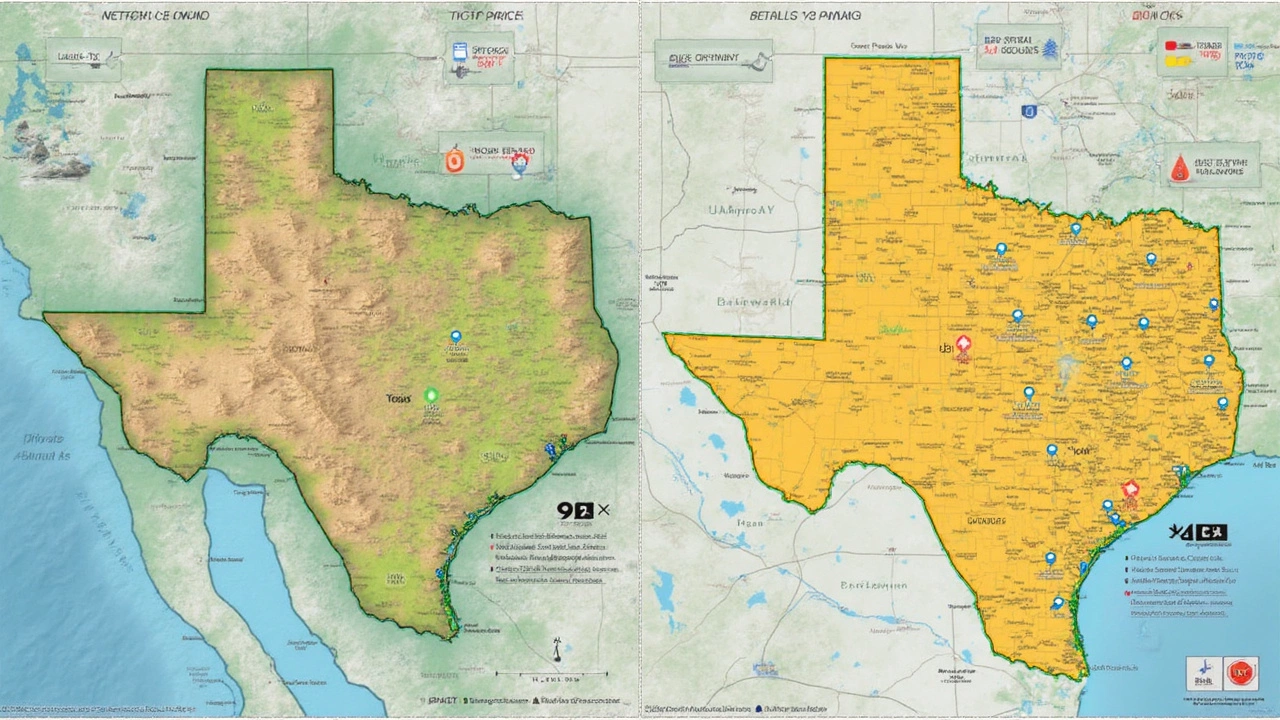If you’re eyeing the Lone Star State for a new home or a rental, you’re in the right place. Texas offers a mix of big‑city buzz, quiet suburbs, and wide‑open land, all at prices that still beat many coastal markets. Below you’ll get straight‑to‑the‑point advice on buying, renting, and spotting good deals without getting lost in jargon.
First off, Texas taxes are friendly. No state income tax means more of your paycheck stays in your pocket, which helps when you’re saving for a down payment. Property taxes vary by county, but many areas keep them reasonable compared to places like California or New York.
The job market is another big pull. Cities such as Austin, Dallas, and Houston keep adding tech, energy, and healthcare jobs, so demand for housing stays strong. When demand is high, home values tend to rise, but the growth is still more manageable than in overheated markets.
What about the actual cost of a house? In 2025 the median price for a single‑family home in Texas hovers around $350,000, but you can find great options under $250,000 in places like San Antonio’s suburbs or the mid‑size town of Waco. If you’re open to condos or townhouses, prices drop even more, especially outside the major metros.
Don’t forget the space factor. Even a modest budget can get you a larger lot or more square footage than you’d get in many other states. That extra room is a win for families, pet owners, or anyone who likes a backyard.
Renting in Texas can feel cheap, but the reality varies city by city. Austin, for example, is pricier than El Paso. To snag a good deal, start by expanding your search beyond downtown cores. Suburbs and emerging neighborhoods often have newer apartments at lower rates.
Use local listing sites and filter for “no‑fee” or “owner‑direct” rentals. You’ll avoid broker commissions that can add a few hundred dollars to your monthly cost. Also, timing matters – many landlords lower rent during the off‑season (late fall and winter) to fill vacancies.
When you find a place you like, be ready to act fast. Have your paperwork – proof of income, credit report, and references – on hand. A quick, complete application shows you’re serious and can give you negotiating power for a lower rate or a free month’s rent.
Lastly, look for utilities‑included listings. A slightly higher rent that covers electricity and water can end up cheaper than a lower base rent where you pay everything separately.
Whether you’re buying a home, hunting a rental, or just curious about the Texas market, the key is to stay flexible and do your homework. Check recent sales data, compare neighborhoods, and don’t be afraid to ask locals for their take. Texas real estate is diverse, and with the right approach, you’ll find a spot that fits your budget and lifestyle.

Exploring why land in Texas remains affordable, this article uncovers various economic and environmental factors. Discover the influence of Texas's large size, diverse landscape, and favorable tax situation. Also, understand how zoning laws and population growth patterns impact land prices. Learn about the appeal of Texas land and get practical insights into purchasing property in the Lone Star State.

Are you contemplating a move to either Utah or Texas and curious about land prices? This article explores whether it’s cheaper to live in Utah or Texas focusing on land costs and other living expenses. It delves into property taxes, community life, and general affordability. An ideal read for those looking to make informed real estate decisions.